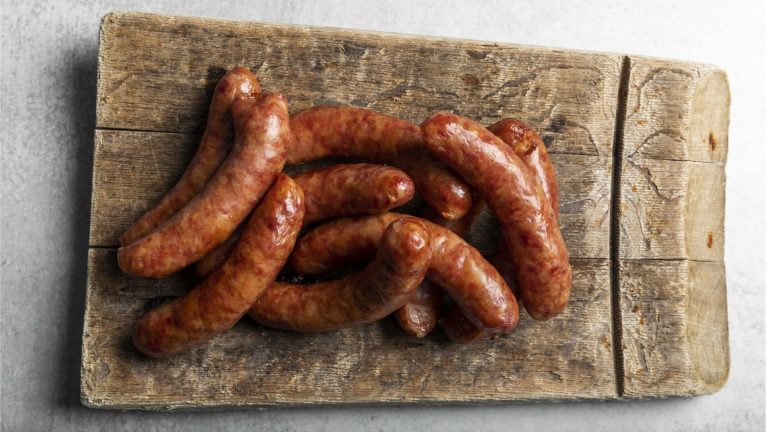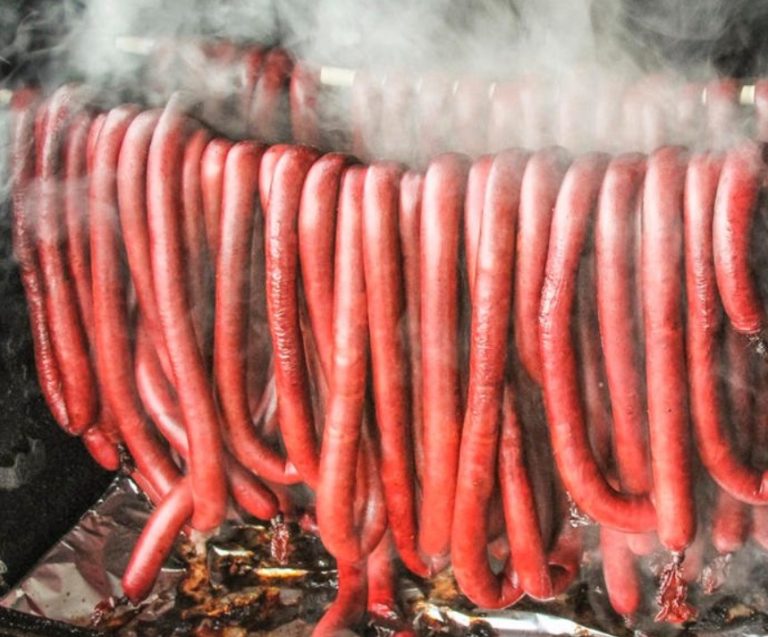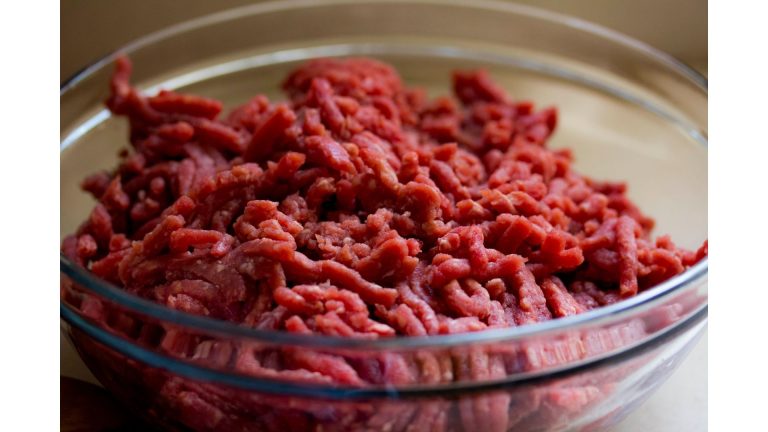Sausage Casing Alternatives: Full Guide
Natural casings are perfect for making fresh sausage and are popular when it comes to making sausages.
While a great majority of sausage casings are made from animal intestines, alternatives to sausage casings are available for vegetarians and people with religious beliefs who do not wish to consume meat.
They include rice paper, cotton, fabric, plastic tubing, and many other materials.
Did you know that the animal intestines are used to make the natural casings? Maybe this thought does not sit right with you, or maybe you have an allergy.
I will help you decide if any of these alternatives are right for you, by diving into each type.
Table of Contents
Natural and Synthetic Sausage Casings
The animal’s large and small stomach, cecum, bladder, and esophagus are some of the components that make up the natural casing.
They are not made with artificial additives and are delicious. As they get used to the sausage, they are usually a bit curved.
Since they aren’t resistant to breakage, natural casings aren’t very easy to handle, like when trying to close your casing.
They are easy to chew and are pretty soft. Synthetic sausage casings can be made out of materials such as Cellulose and viscose.
These are not supposed to be eaten, of course. Butchers can handle them easily since they are stronger than natural casings. They have probably been on frankfurter sausages.
Alternative Sausage Casing
If natural and synthetic sausage alternatives aren’t an option, what alternatives can you use?
Collagen Casing
It is one of the common sausage types. It comes from animals, but it has been processed and is considered artificial. Unless they are too thick, most of the time, they are usable.
The pig or cow’s bones, hides, and tendons are typically used in the making of the Collagen casings.
Butchers use them because they don’t break easily, and they are less expensive than other types of casings.
If sausages look the same when it comes to shape and size, they are likely made of the same material.
Both fresh and smoked sausages can be made with this type of casing.
Plastic Casing
You should not eat plastic because it is easy to recognize.
It can’t be used for smoked sausages because it’s impermeable, which means people typically remove it after cooking the sausage.
After you peel it off, some of the sausages will still be stuck to the shell.
There is a chance that this can happen if the inner side is covered with a substance that attracts meat.
Bologna or luncheon meat can be served with different types of plastic casings, such as nylon or polyethylene.
It’s possible that some types of plastic can shrink during cooking, which means that the meat will remain moist.
Vegetarian Casing
There are vegetarian burgers, so why shouldn’t a vegetarian sausage casing be the same?
As one of the newest sausage alternatives, it has become quite widespread as there are also more vegetarians in the world today.
If you store them in a plastic container and a dry place, they will last a long time. Plants are the basis of the vegetarian sausage casing.
Special equipment might be needed to make it, but they don’t need soaking, unlike other types of casings.
It is also appropriate for a vegan diet to have sausage casings that are made from cellulose.
No Casing(Skinless Sausages)
As a final recommendation, I should point out that you don’t necessarily need a casing for making sausages. Skinless sausages are a thing and can be made without a casing.
Conclusion
It isn’t enough to just buy quality meat if you want to make a delicious sausage. It is worth giving it a thought because the sausage’s taste can be affected by the casing.
If you don’t see natural or synthetic casings as the best fit for your sausages, you may want to consider the sausage casing alternatives I have presented in this article.
It may be better for you to use a plastic or vegetarian version of the case. It is time for you to pick your favorite.

Foodie and a passionate cook, I am here to share all of what I know about cooking, kitchen, and food prepping.
Follow me for delicious and healthy recipes.






